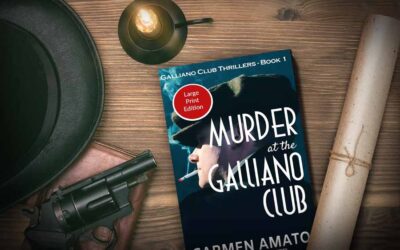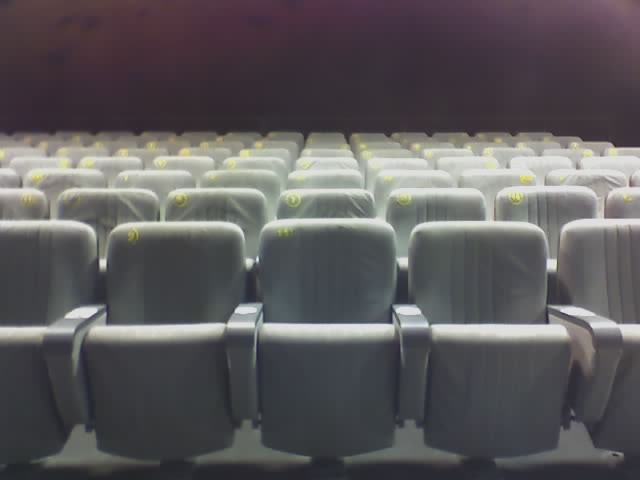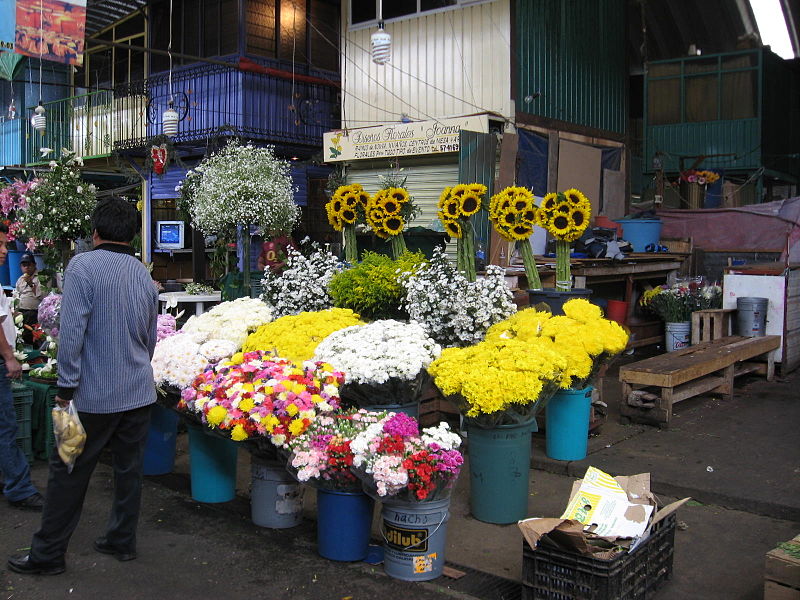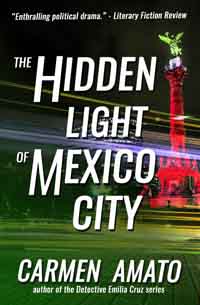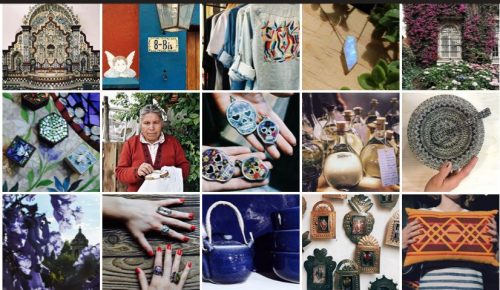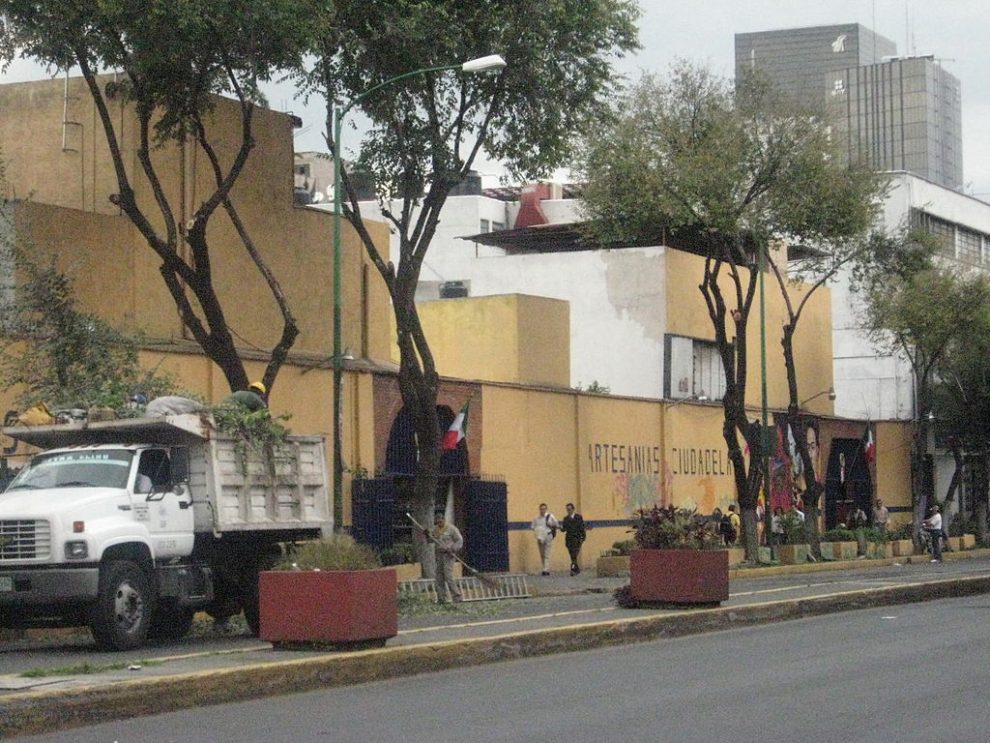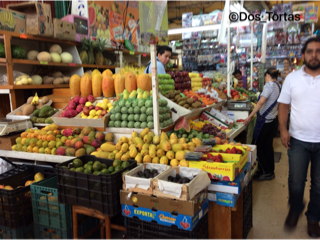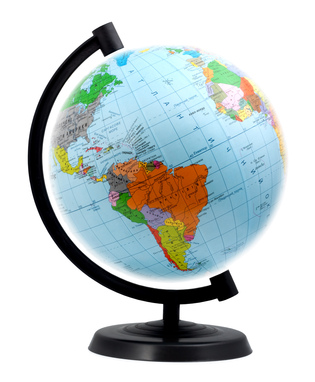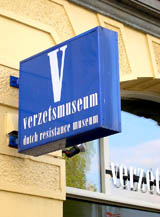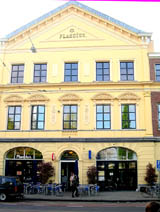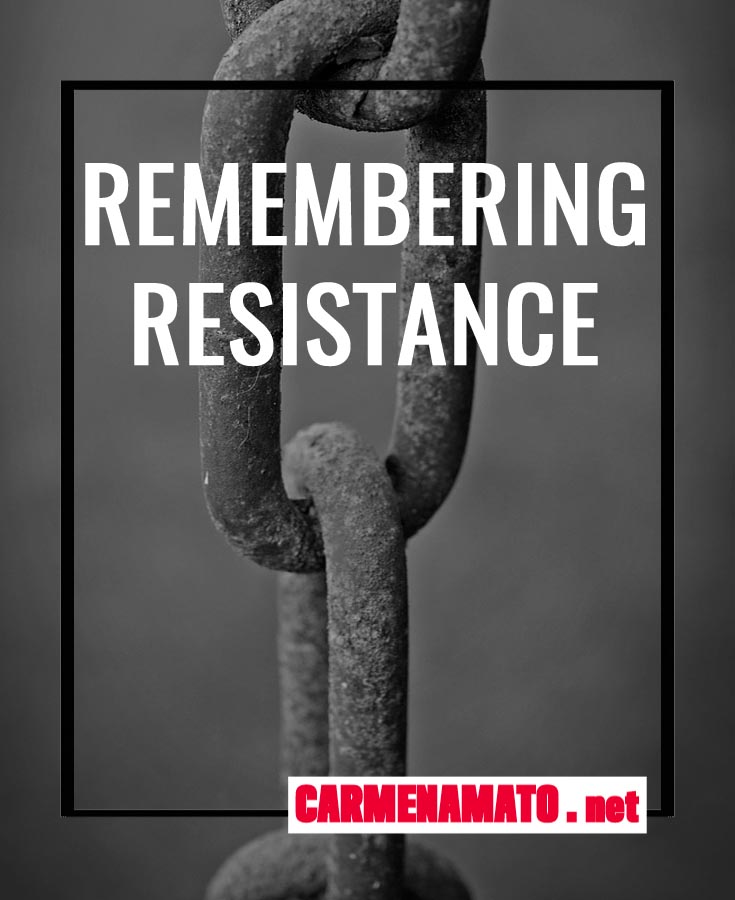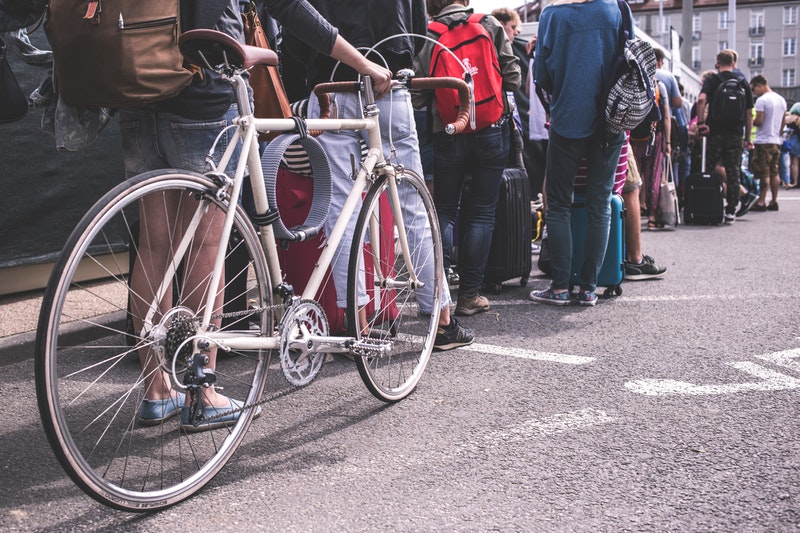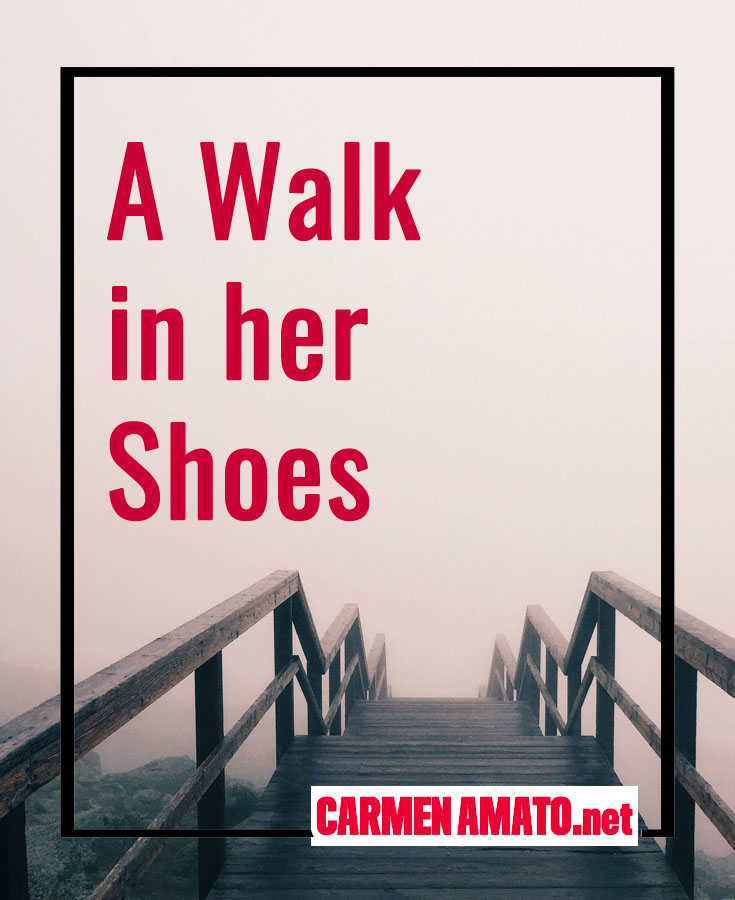THE BONE RECORDS by Rich Zahradnik is a wonderfully edgy “everyman” thriller but don’t expect a...
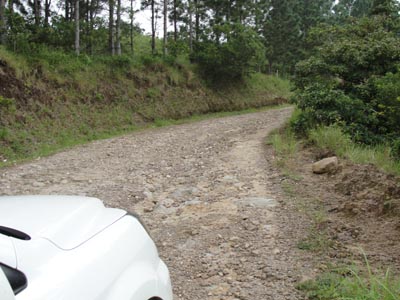
About the Time I was Absolutely and Terrifyingly Lost in Panama
A year ago I was Lost.
No-cell-phone-service Lost. The-road-is-a-gravel-track-through-cane-fields Lost.
Set Sail One Day
Five girlfriends had set out from Panama City to go to El Valle, about two hours away. We’d go to the Sunday crafts market there and have lunch at a boutique hotel afterwards.
A quick stop for cheese empanadas and gas and we were on the road. The miles sped by as we talked and laughed and it was well over an hour before we started to look for the turnoff to El Valle. There wasn’t a sign, but the intersection was the one with the pink shrine to Our Lady of Guadalupe.
More talk. More laughter. More miles. Eventually we turned on the GPS and it signaled a turn. Not the road with the shrine, but it was the right direction.
At Road’s End
About half a mile down the new road, tarmac gave way to gravel. With deep ruts. Then worse ruts. We passed a small village and asked if that was the right road to El Valle. Yes, we were assured. One person said El Valle was just 10 minutes. Another said 30 minutes. The GPS seemed to split the difference.
Bad ruts turned into a dry stream bed weaving through Panama’s low mountains. The doughty SUV slid downhill, the tires unable to grip the loose stones. We jolted in the car like peanuts in a tin can. A dashboard light turned on—overheated transmission. We stopped on a rocky plateau and scouted ahead only to find that the gravel track narrowed ahead. The five of us were quite alone in the hot rustling jungle.
The SUV cooled and we started off again, now having discovered that we were all Catholic and that two of us carried rosaries. The jungle gave way to cane fields. Hard green stalks as high as the car roof rattled against the windows.
Two Hours Later . . .
After two hours off-road we broke through the cane field and clambered onto tarmac again. We were on the eastern edge of El Valle. Never were five women more ready to buy souvenirs.
I learned a few things that day.
About being lost. And knowing when to turn at the shrine.
- Don’t be so distracted by peripherals—entertainment, Twitter, mooning over the wrong guy—that you forget to look for the shrine that points the way to where you really want to go.
- If you’re lost, keep going. Take a break to rethink the situation, take care of problems, or give yourself a pep talk, but don’t confuse “taking a break” with “breaking down.” Cheerlead as you go—you’re handling the uncertainty well, you’re learning about yourself and wherever this “lost” place is—even if it is inside you.
- The shrine doesn’t have to be the pink altar on the side of the road. A shrine can be any pointer that helps you travel where you want to go. A shrine can be the project you handled well—you can use it as inspiration for managing a bigger one. A shrine can be a passing grade in a tough subject—you know you can master the next class, too. A shrine can be a hard decision, a recovery from an illness, the day you stood up for yourself, the time when you were scared but did it anyway.
- Maybe today’s the day you build a shrine. The day you make a decision and carry it out. The day that you see new possibilities. Believe an inspirational quote and translate it into action. Once you build the shrine, it’s yours forever, ready to inspire if you get lost.
You may also like
Book Review: THE BONE RECORDS by Rich Zahradnik
Large print edition of the Galliano Club historical fiction thriller series
New! Large print has arrived at the Galliano Club, where trouble is always on tap. Large print...
Book Review: THE SECRET HOURS by Mick Herron
The Secret Hours by Mick Herron is a must-read spy vs spy thriller. Like John le Carré’s A LEGACY...

CARMEN AMATO
Mystery and thriller author. Retired Central Intelligence Agency intel officer. Dog mom to Hazel and Dutch. Recovering Italian handbag addict.




